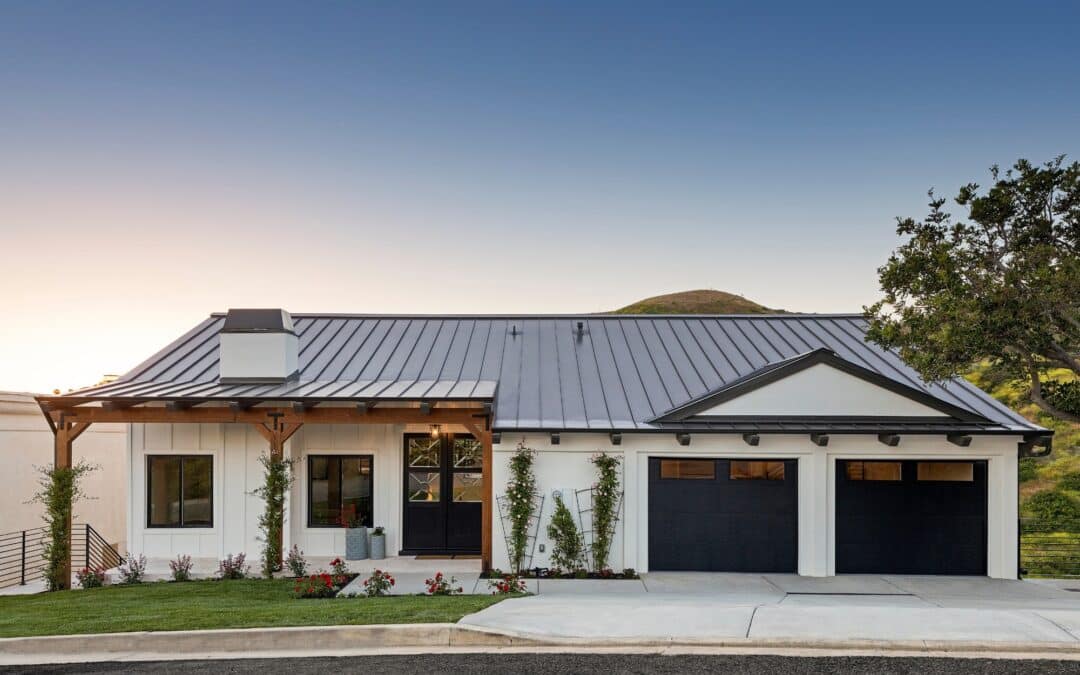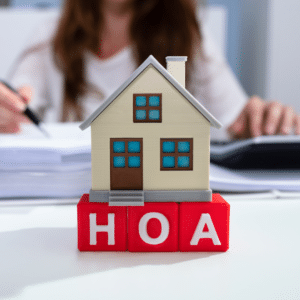
New Construction vs. Resale Homes: Which One Is Right for You?
Start your Home Buying journey with the right foot:
New Construction
vs. Resale Homes
in 2025: Which One
Is Right for You?
As the real estate market evolves in 2025, one of the most common decisions homebuyers face is whether to purchase a new construction home or a resale (existing) home. Both options offer unique advantages, and the right choice often depends on your budget, timeline, and lifestyle goals.
If you’re planning to buy a home in Central Florida or beyond, here’s what you need to know about the key differences between new construction vs. resale homes in 2025—so you can make the most informed decision.
What‘s a New Construction Home?
A new construction home is one that is brand new and has never been lived in, typically built by a developer or homebuilder. Buyers may purchase these homes in planned communities or custom-build them on private lots.
Key Features:
- A big pro on the new buildings is that they are built under the latest building codes, energy efficiency standards, and smart home technology
- Often customizable during the building process
- Lower maintenance needs in the early years
What’s a Resale Home?
A resale home is an existing home that has had one or more previous owners. These homes are usually located in established neighborhoods and may have mature landscaping, unique architecture, or upgraded features.
Key Features:
- These are often located in more developed areas with mature trees and amenities
- May have lower purchase prices per square foot
- May require renovations or upgrades depending on age
Your content goes here. Edit or remove this text inline or in the module Content settings. You can also style every aspect of this content in the module Design settings and even apply custom CSS to this text in the module Advanced settings.
New Construction vs. Resale Homes in 2025: Pros and Cons
Pros of New Construction Homes
- Energy Efficiency: New buildings often come with solar panels, smart thermostats, and energy-efficient HVAC systems.
- Warranties: Most builders offer structural and system warranties for peace of mind.
- Customization: Buyers may choose finishes, layouts, or upgrades during early phases.
- Modern Design: Open floor plans, high ceilings, and luxury kitchens are often standard.
Cons of New Construction Homes
- Longer Wait Times: Build times may range from 6 to 12 months or longer.
- Higher Base Prices: Customization and lot premiums can drive up the price.
- Fewer Established Communities: Many new developments are located on the outskirts of cities.
Pros of Resale Homes
- Established Neighborhoods: Closer to schools, hospitals, and entertainment hubs.
- Quicker Move-In: Immediate availability compared to the wait for new builds.
- Character and Charm: Unique architectural details not often found in newer homes.
- Potential for Value: With some renovations, older homes may offer excellent equity growth.
Cons of Resale Homes
- Maintenance Costs: Older systems (plumbing, roofing, HVAC) may require repairs.
- Outdated Layouts: Smaller kitchens, fewer bathrooms, or closed-off living spaces may not appeal to everyone.
- Unknowns: Previous maintenance history and hidden issues can sometimes be a risk.

Market Trends in 2025
In 2025, new construction homes are gaining popularity thanks to rising inventory and builders offering incentives like rate buy-downs, closing cost assistance, and appliance packages. However, resale homes continue to dominate overall sales, especially in areas with limited land availability.
Mortgage interest rates, labor shortages, and material costs remain key factors influencing both markets. As new construction becomes more competitive, buyers are advised to compare builder incentives vs. resale home pricing closely.
Which Option Is Right for You?
Choose New Construction If:
- You want the latest in energy efficiency and technology
- You prefer low maintenance and warranties
- You’re flexible with your move-in timeline
- Customizing your home is a priority
Choose a Resale Home If:
- You need to move quickly
- You prefer an established community
- You’re comfortable budgeting for renovations
- You want more negotiating power on price

Conclusion
There’s no one-size-fits-all answer when comparing new construction vs. resale homes in 2025. It comes down to your lifestyle, financial goals, and desired timeline.
During the last thirty years we have established and maintained relationships with every builder in Central Florida and that means our clients receive the best guidance and advice. Before making a decision, consult with a trusted real estate professional who understands both the new build process and the resale market. They can help you weigh your options, negotiate effectively, and avoid costly surprises.
Ready to Explore Homes in Central Florida?
Whether you’re leaning toward brand-new construction or a charming resale, RE/MAX Heritage is here to guide you every step of the way. We specialize in matching buyers with homes that fit their lifestyle and long-term goals.








